Izmir History and Art Museum
The structure of the complex, which consists of three separate buildings, which is used as the ceramic works section today, was designed by Bruno Taut. The building was built in 1939 as the Ministry of Education Culture Pavilion, it was established as an alternative to the Revolution Museum, which was planned during the establishment of Kültürpark but could not be completed. In addition to being an important exhibition of the modern Republic, the building is also important in understanding the exhibition culture. After the sudden death of Bruno Taut, the building was completed by the Ministry of Education architects. The building, with its staged structure, is like a more massive alternative to the Trager-Verkaufs-Kontor building, which was built in Berlin in 1910 as a fair pavilion structure. In the following periods, the Archeology Museum was used as the pavilion building of various countries and institutions, especially the Pavilion of the People's Republic of China, on the dates when the Izmir International Fair was opened with the move of the museum. The structure of the museum, which is used as the section of precious works, was built as a 'Health Museum' in 1937, designed by Architect FuatSaylam and again planned within the idea of Kültürpark, to serve the ideal of creating a healthy society. The building where the stone works are exhibited is a fairly new building and was first used as the TRNC Pavilion and later included in the museum complex. The long pool at the entrance of the museum, opposite, was added to this complex to be used as a part of the museum later. The idea of establishing a museum, which started during the foundation of Kültürpark, was realized with the establishment of a museum here in 2004, independently from other museums. This museum, which is suitable for the purpose of Kültürpark to be a public university, consists of three sections as mentioned above. The museum, which presents the 9500-year history of İzmir, especially UlucakHöyük, Limantepe, Baklatepe, Agora and Old Smyrna excavations, to the visitors, from the prehistoric period to the Roman Period, stone, terracotta, glass and metal works are exhibited. In the stone works section of the museum; Sculptures and reliefs from archaic, classical, Hellenistic and Roman periods, tomb steles and other plastic artifacts are exhibited. In the valuable piece section; It is possible to see coins, bronze, glass and terracotta artifacts used in antiquity. In the ceramic works section; Findings from prehistoric and classical period excavations in İzmir and its surrounding are exhibited.
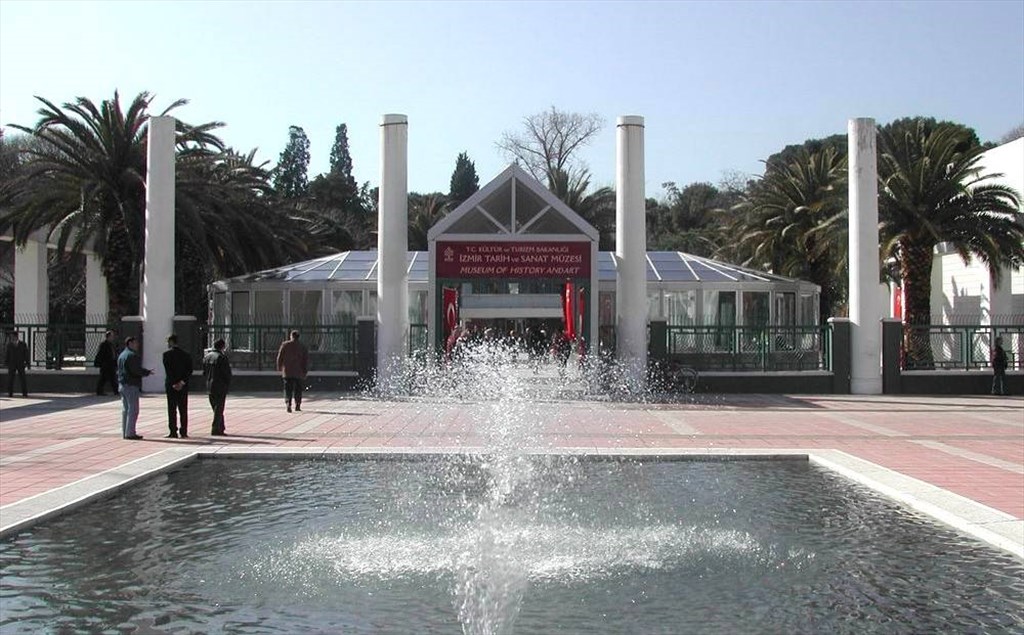
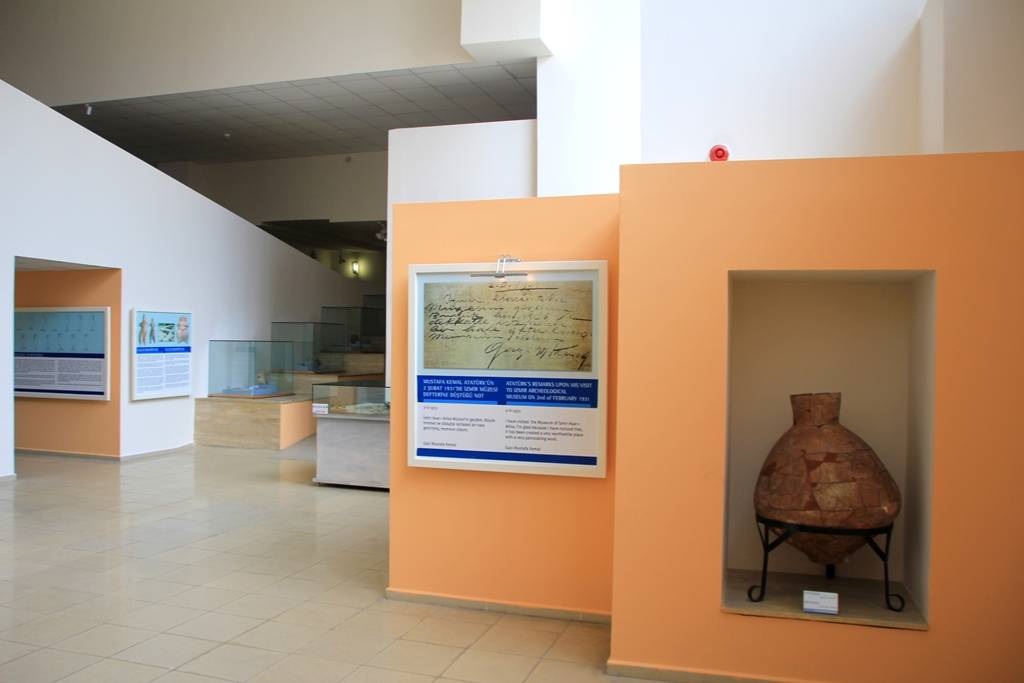
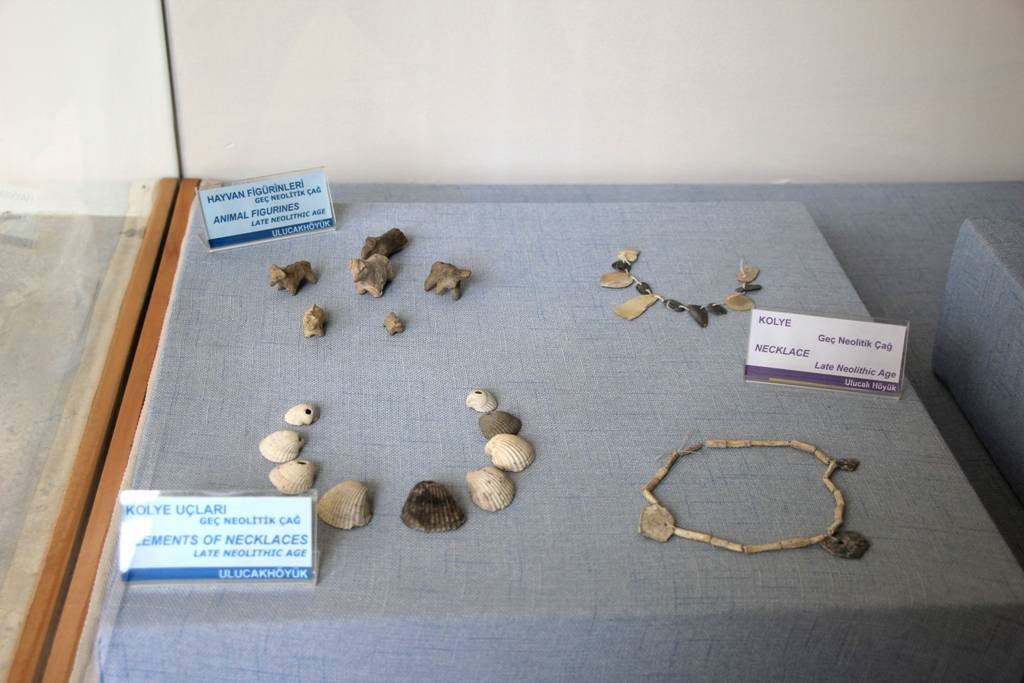
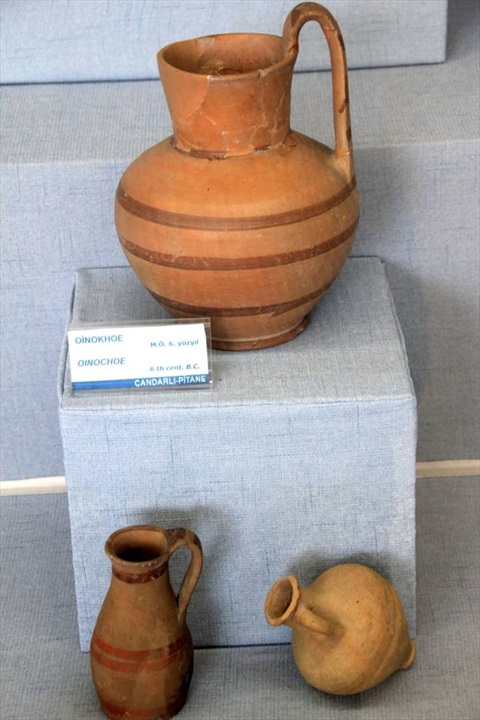
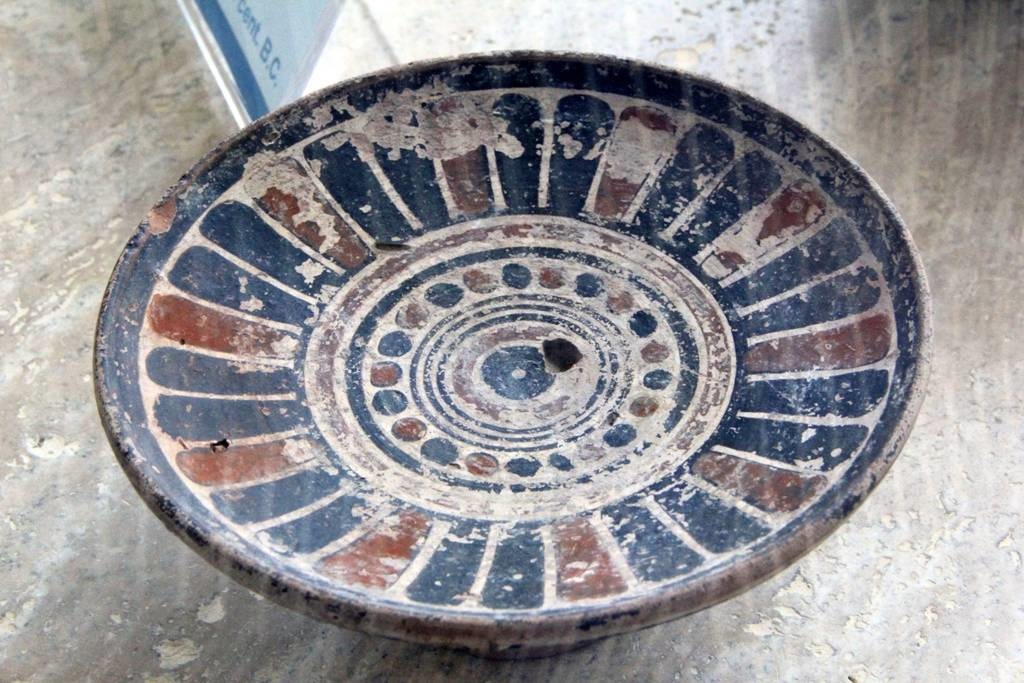
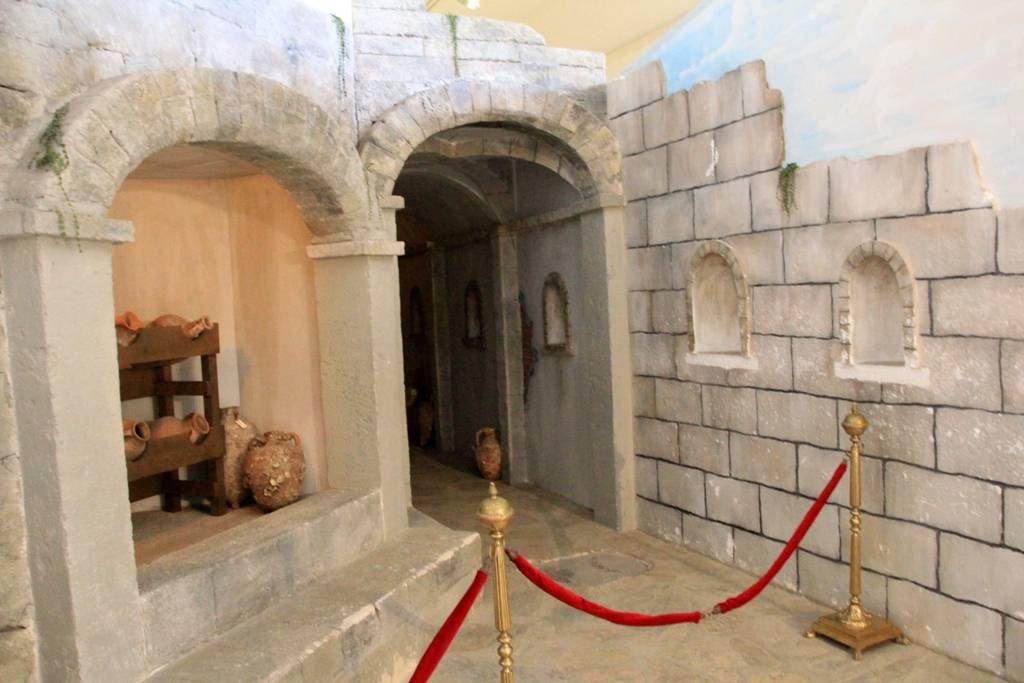
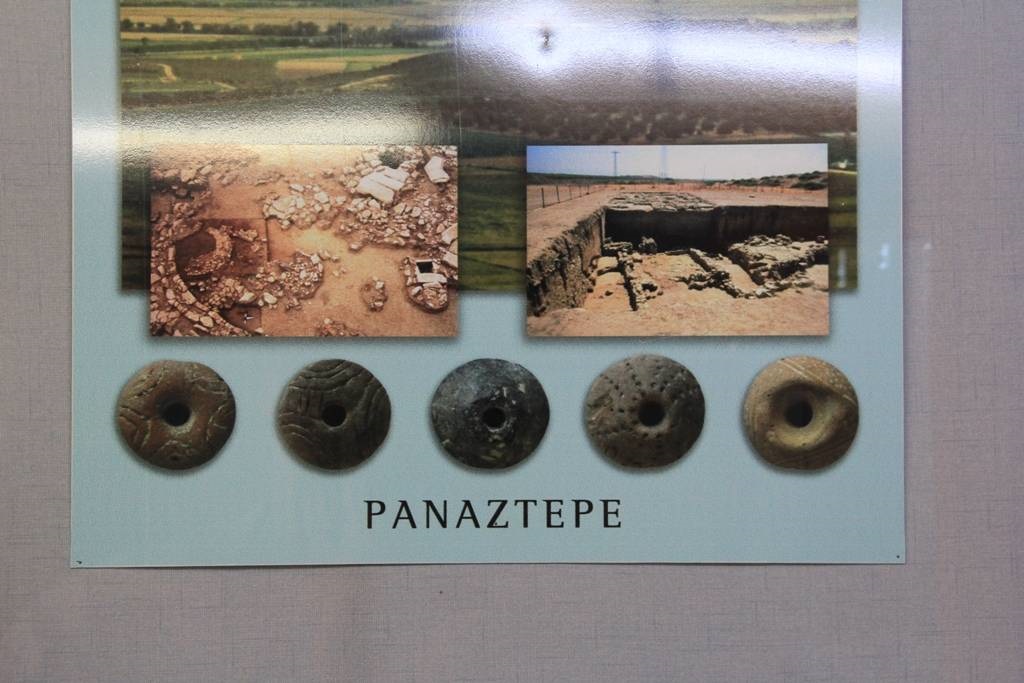
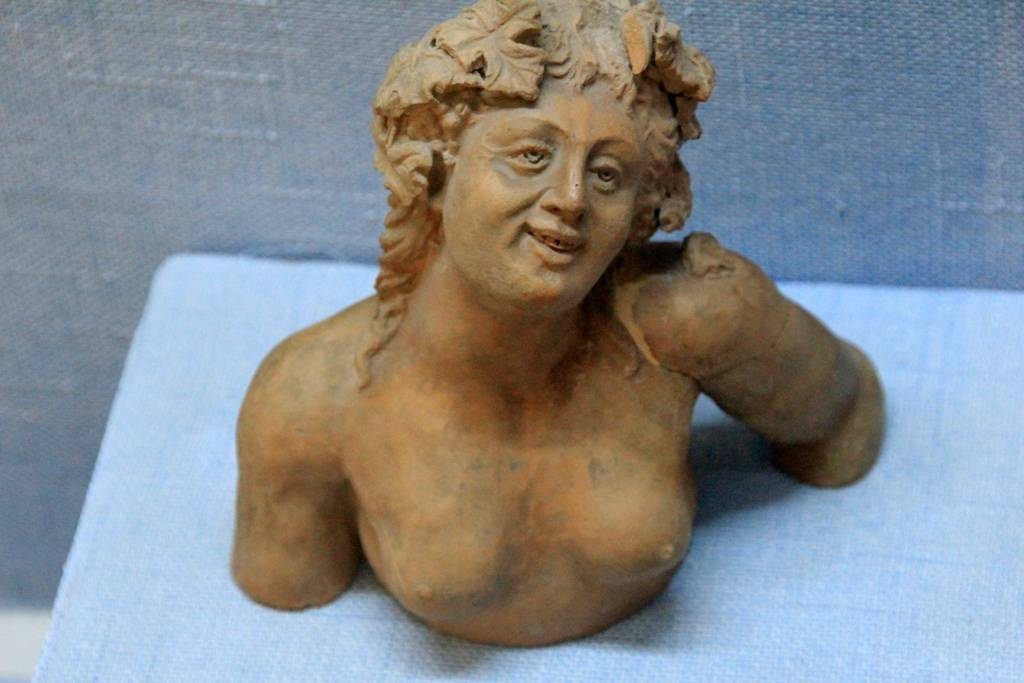












Comments
No comment left, would you like to comment?